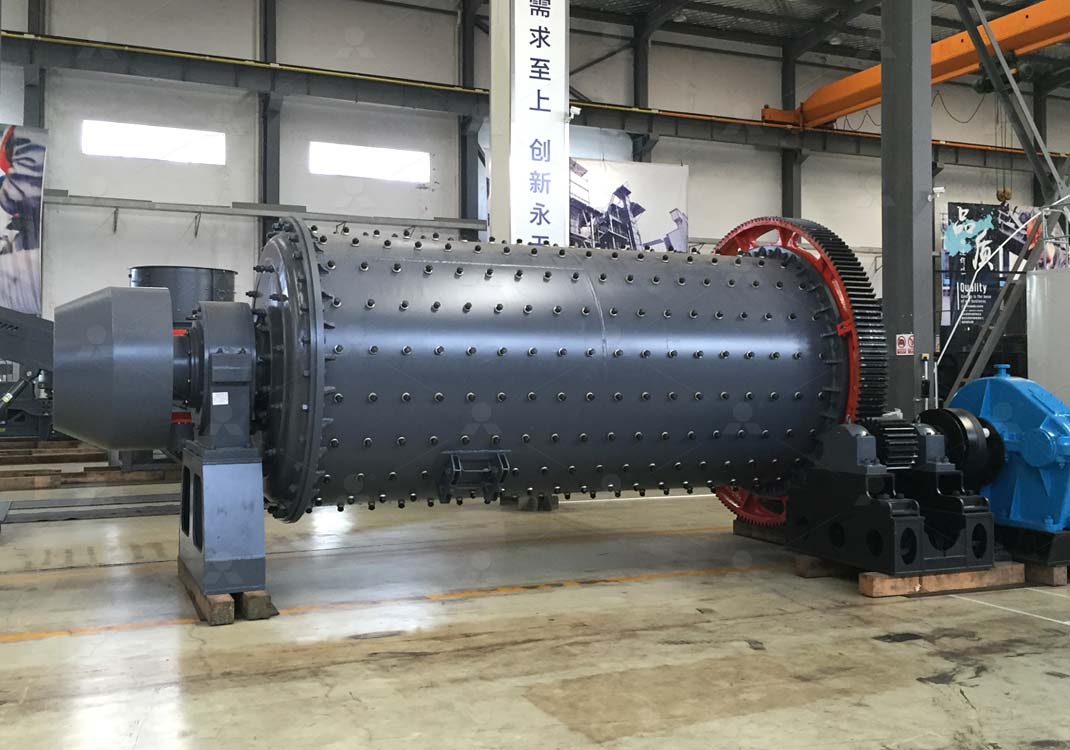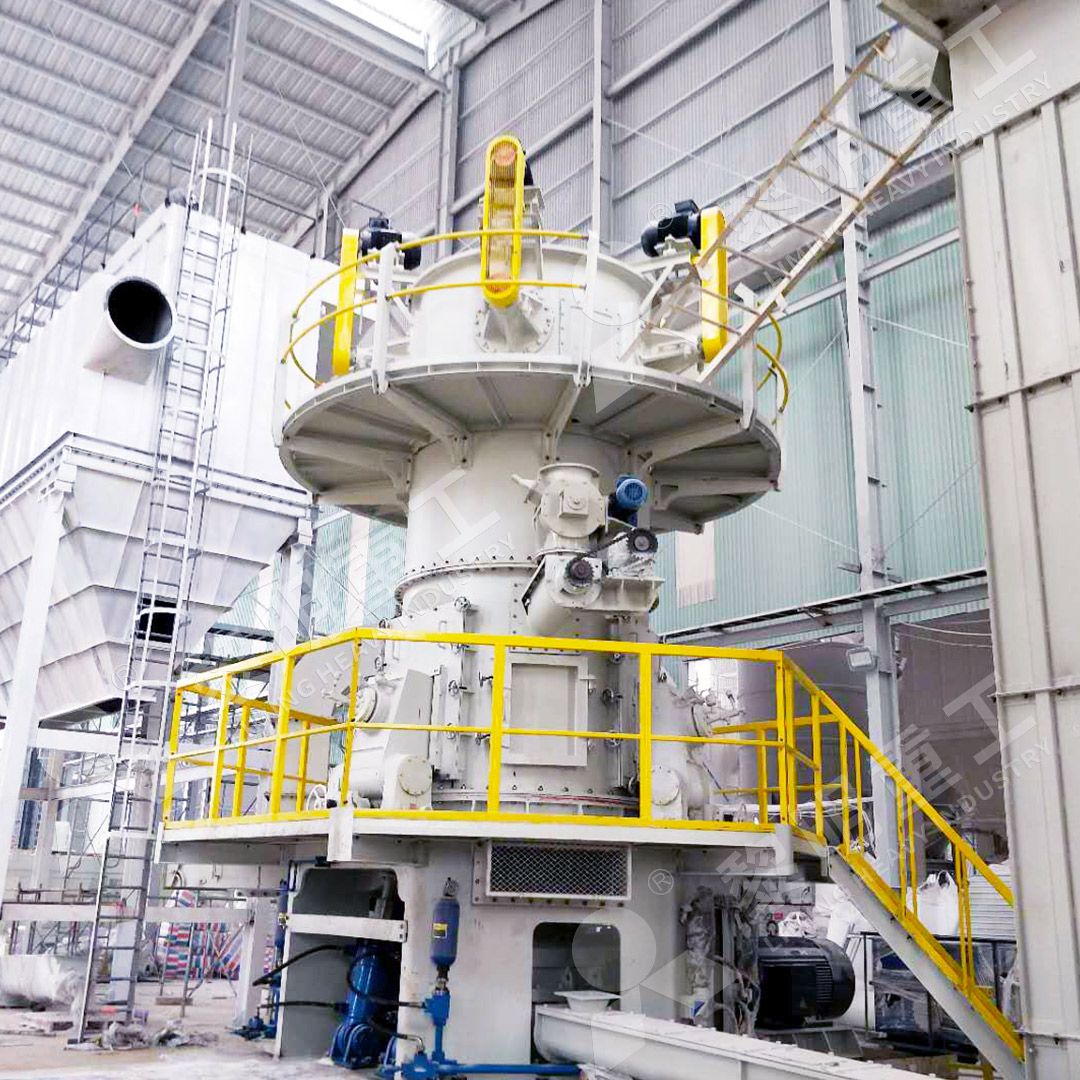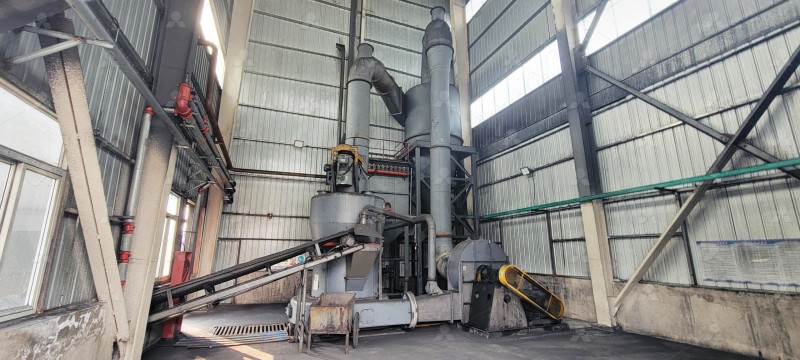Design and Selection of Cement Ball Mills for Indonesian Cement Plants
Design and Selection of Cement Ball Mills for Indonesian Cement Plants
In the rapidly expanding cement industry of Indonesia, the selection and design of grinding equipment are critical for optimizing production efficiency, reducing operational costs, and meeting environmental standards. Cement ball mills have long been a staple in grinding circuits, but advancements in technology have introduced more efficient alternatives that cater to the unique challenges faced by Indonesian plants, such as high humidity, variable raw material quality, and stringent environmental regulations.
Traditional ball mills, while reliable, often suffer from high energy consumption, significant wear and tear, and large footprint requirements. However, for certain applications, they remain a viable option due to their simplicity and lower initial investment. When selecting a ball mill, key factors to consider include the grindability of the raw materials, desired fineness, capacity requirements, and the specific moisture content of the feed. Indonesian plants, in particular, must account for the high clay content and moisture in local limestone deposits, which can affect grinding efficiency and mill throughput.

Modern grinding solutions, however, offer superior performance in terms of energy savings, space efficiency, and environmental compliance. For instance, our MW Ultrafine Grinding Mill is an excellent choice for plants seeking to produce high-precision powders with lower operational costs. With an input size of 0-20 mm and a capacity range of 0.5-25 tph, it is equipped with advanced features such as higher yielding and lower energy consumption—up to 40% higher capacity than jet mills and 30% lower system energy consumption. Its adjustable fineness between 325-2500 meshes makes it versatile for various cement applications, from limestone to slag grinding. Additionally, the absence of rolling bearings and screws in the grinding chamber minimizes maintenance issues, a significant advantage in remote Indonesian locations where technical support may be limited.
Another standout product is the LUM Ultrafine Vertical Grinding Mill, which integrates grinding, classifying, and transporting into a compact system. With an input size of 0-10 mm and capacity of 5-18 tph, it excels in energy efficiency, reducing consumption by 30%-50% compared to conventional mills. Its reversible structure simplifies maintenance, crucial for minimizing downtime in high-production environments. For Indonesian plants dealing with space constraints and the need for eco-friendly operations, LUM’s dust removal and noise reduction capabilities align perfectly with local environmental standards.

When designing a grinding circuit for Indonesian cement plants, it is essential to conduct thorough material testing and feasibility studies. Factors such as climate, raw material variability, and power availability must be integrated into the mill selection process. For example, the high humidity can lead to material clogging in traditional mills, whereas advanced systems like the MW and LUM mills incorporate efficient drying and ventilation mechanisms to handle moist feeds effectively.
In conclusion, while ball mills continue to play a role in cement grinding, the shift towards more efficient technologies is inevitable. Indonesian plants should consider adopting advanced mills like the MW Ultrafine Grinding Mill or LUM Ultrafine Vertical Grinding Mill to achieve higher productivity, lower energy costs, and compliance with environmental norms. These solutions not only enhance operational efficiency but also support sustainable development goals, making them ideal for the future of Indonesia’s cement industry.

